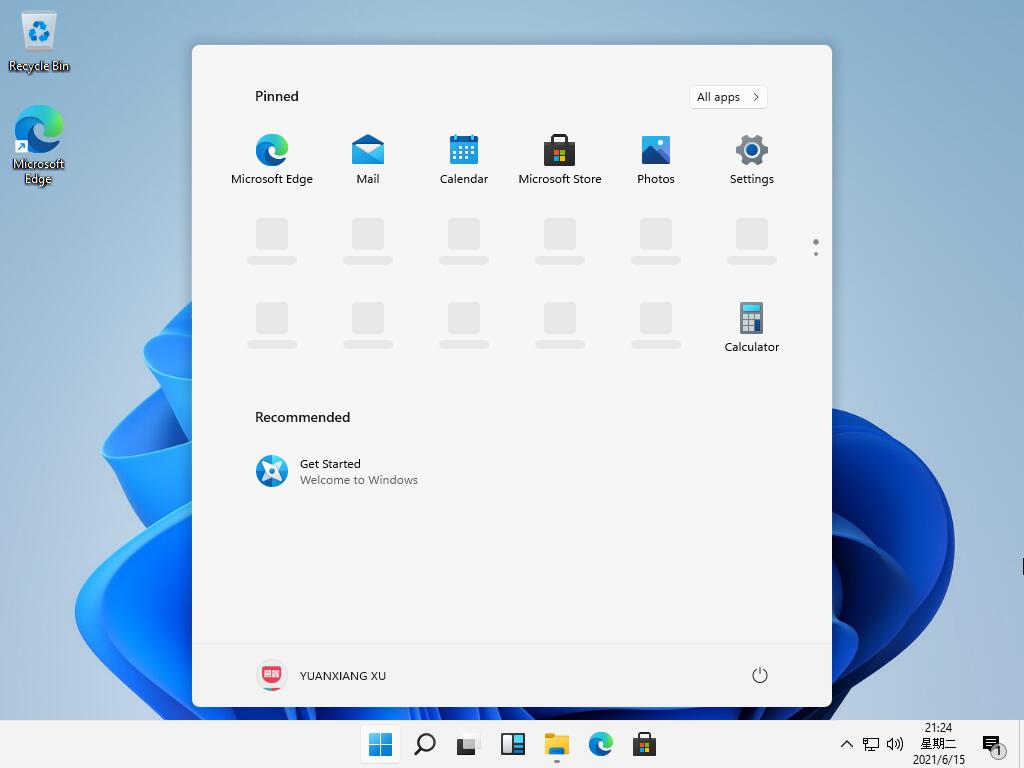
Which you use depends a lot on what is wrong with your PC. Some of them are fully automated, like Startup Repair, whereas others require extensive user interaction, like the Command Prompt. The Advanced Options menu has a number of different utilities available. That’s it - you’re at the Advanced Options window. For example, the “Choose an option” screen might also feature a “Use a Device” option.Ĭlick “Advanced Options” on the next screen, and you’ll be taken to the Advanced Options menu. Note: It is possible there will be more options available to you than are displayed here. Your computer will display a blue screen with a few options on it after you click “Restart Now” in the recovery menu, or Shift-click “Restart.” Choose “Troubleshoot” from the listed options. Just about anywhere that you see a “Restart” button will work, including the lock or login screen. The most obvious place to use this trick is with the Restart option in the Start menu, but it isn’t the only place. The UEFI requirement means that the advanced startup menu is always accessible from within Windows.

Windows 11, unlike Windows 10, does not support systems that are running a BIOS - they must be using UEFI. System images are much larger and more complete than restore points and include all of your files, programs, and settings.
Windows 11 start menu update#
Fix 2: Force restart Iris Service A recent update to the insider builds from Microsoft has caused major issues with the taskbar and Start menu for many users.
Windows 11 start menu install#
Command Prompt: The Command Prompt option brings up a Command Prompt window that can be used to run diagnostic or repair commands. Download and install the update and Taskbar & Start menu functionality should now be restored within Windows 11.You can do things like enable Safe Mode, debugging, or boot logging, to name a few.



 0 kommentar(er)
0 kommentar(er)
